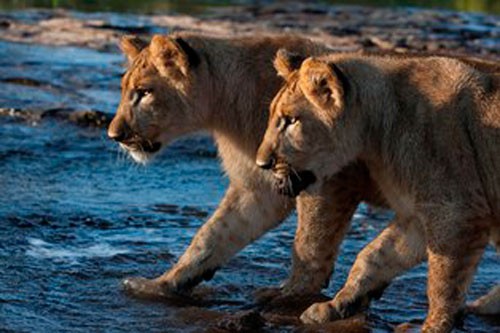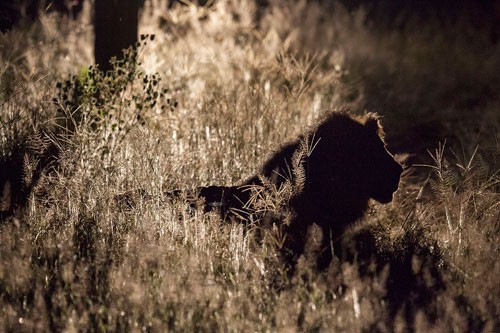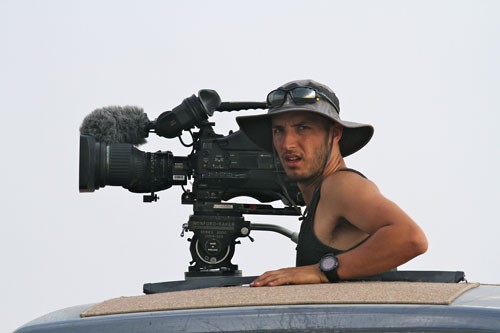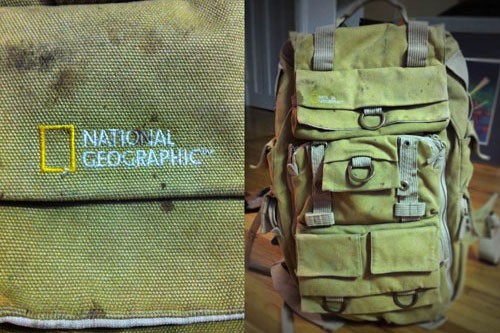Lion documentary is out of Africa
Lions, who can weigh close to 250 kilograms, sit firmly atop Africa’s epic food chain. And documentary filmmaker Matthew Hood wants to get close — very close.
A graduate of Concordia’s Mel Hoppenheim School of Cinema, BFA 10, Hood will film regal felines in Zimbabwe over the next year. National Geographic will release the finished product in June 2015.
Titled “Lions of the Lakeshore,” the film’s crew will track 15 to 30 lions in a 400 square kilometre wildlife park, which is akin to a search for needles in a haystack.
Luckily for Hood and company, lions patrol the lakeshore where their prey drinks water. Hood, a Montreal native, explained how he became involved with the National Geographic film project.
Q: What’s the documentary filmmaking process like?
Hood: I’ll film eight to 14 hours a day, seven days a week. From hundreds of hours of film, the best 52 minutes are selected. A writer will come in and add a narrative to those 52 minutes. Basically we want there to be a story the audience can follow. National Geographic takes care of promotion and distribution.
Q: You get really close to lions. Do you ever feel threatened?
Hood: Hippos are the most dangerous animals in Africa, not lions. People think because hippos are enormous they must be docile. A hippo can easily flip a 20-foot fishing boat. On land, elephants are the biggest threat. When we film lions, we’re in a vehicle and are fairly safe. Elephants, on the other hand, can flip a car or a truck. They’re very territorial and protective of their young, so we really have to be careful.
Q: What’s your approach to filming lions?
Hood: One of the biggest things I learned at Concordia’s Faculty of Fine Arts is to always have a good reason for filming a particular thing. Every shot should matter. I always consider the importance of what I film, and how it will enhance the story.
- To view photographs from Hood’s African adventures, visit his blog.





